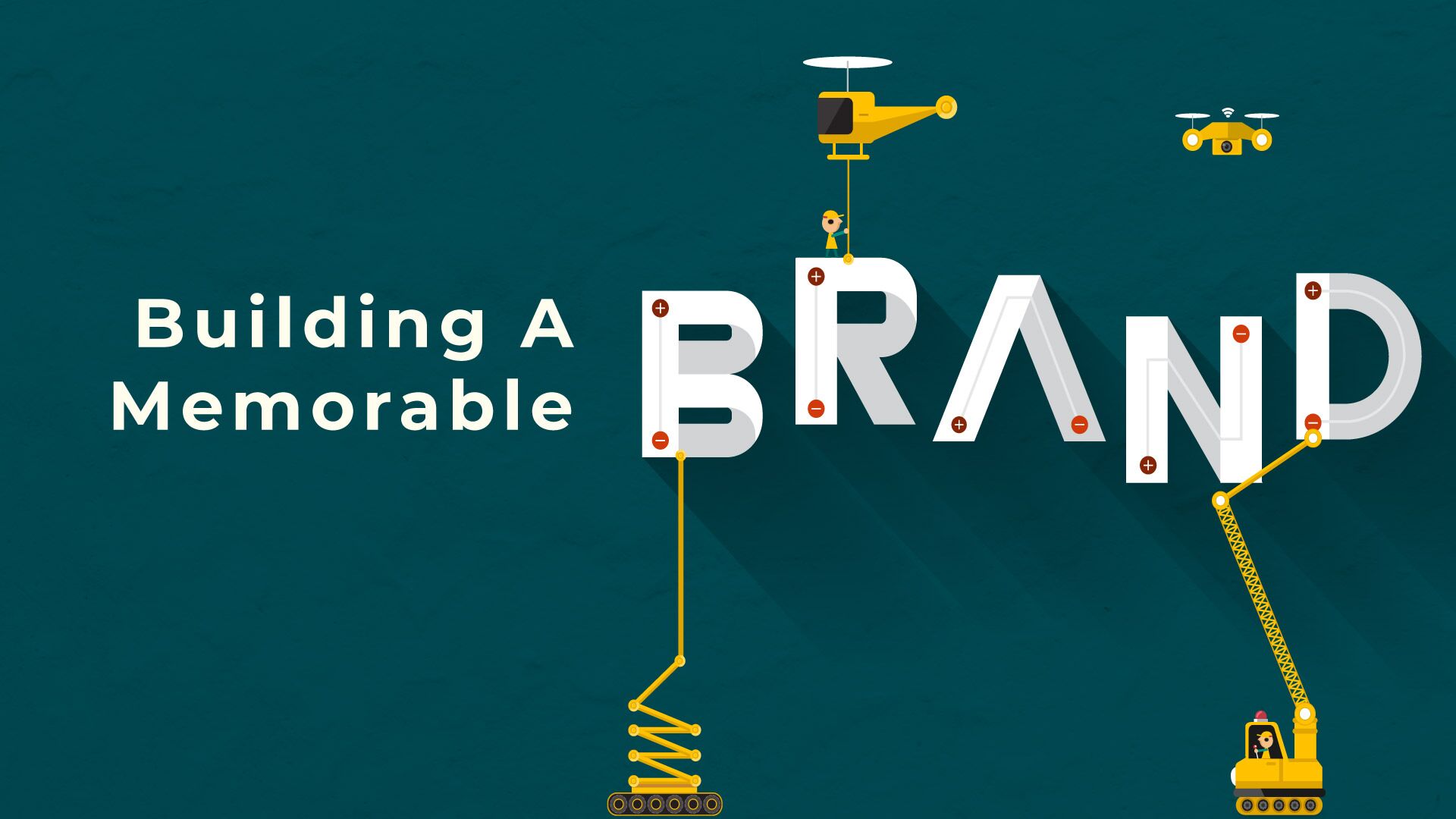What Makes a Brand Unforgettable?
Building a memorable brand goes far beyond creating an attractive logo or catchy slogan. The most successful companies understand that true brand building involves creating emotional connections with customers that last decades. Think about brands like Coca-Cola, Apple, or Nike – their success comes from consistent messaging, authentic storytelling, and delivering on promises year after year.
A memorable brand becomes part of people’s daily lives and personal identity. When customers choose your product over competitors, they’re not just buying a service – they’re buying into your brand’s values and vision.
Building Your Brand Foundation
Define Your Brand Purpose
Every lasting brand starts with a clear purpose that goes beyond making money. Your brand purpose answers the question: “Why does your business exist?” This foundation guides every decision you make, from product development to customer service.
Start by identifying what problems your business solves and how you make people’s lives better. Write down your mission in simple terms that anyone can understand. This becomes the north star for all your brand activities.
Know Your Target Audience
Understanding your customers is essential for brand building. Research their needs, preferences, and pain points. What motivates them to buy? What values do they hold? Where do they spend their time online and offline?
Create detailed customer personas that include demographics, interests, and behaviors. This information helps you craft messages that resonate with your audience and choose the right channels to reach them.
Creating Your Visual Brand Identity
Logo Design and Visual Elements
Your logo serves as the face of your brand, but it’s just one piece of the puzzle. Develop a complete visual system that includes colors, fonts, and design elements that work together harmoniously.
Choose colors that reflect your brand personality and appeal to your target audience. Blue often represents trust and reliability, while red can convey energy and passion. Your font choices should be readable and match your brand’s tone – professional, friendly, modern, or traditional.
Brand Guidelines and Consistency
Document your brand standards in a style guide that covers logo usage, color codes, typography, and tone of voice. This ensures everyone on your team presents your brand consistently across all touchpoints.
Consistency builds recognition and trust. When customers see your brand materials, they should immediately recognize your company, whether it’s on social media, your website, or printed materials.
Developing Your Brand Voice and Messaging
Finding Your Unique Voice
Your brand voice is how you communicate with customers. It should reflect your personality and connect with your audience. Are you professional and authoritative? Friendly and approachable? Innovative and cutting-edge?
Your voice should remain consistent across all communications, from website copy to social media posts to customer service interactions. This consistency helps customers feel familiar with your brand and builds trust over time.
Storytelling That Connects
People remember stories better than facts and figures. Share your company’s origin story, highlight customer success stories, and create content that shows your brand’s human side.
Authentic storytelling helps customers understand your values and creates emotional connections. Share challenges you’ve overcome, lessons you’ve learned, and how you’re working to make a positive impact.
Building Customer Loyalty and Trust
Delivering Consistent Quality
Nothing damages a brand faster than inconsistent quality or poor customer service. Set high standards for your products or services and maintain them consistently. Train your team to deliver excellent customer experiences every time.
When problems arise, handle them quickly and professionally. How you respond to challenges often matters more than avoiding them entirely.
Creating Brand Experiences
Think about every interaction customers have with your brand – from visiting your website to receiving their order to contacting customer support. Each touchpoint should reinforce your brand values and leave customers with a positive impression.
Consider how companies like Disney create magical experiences that extend far beyond their products. They understand that every detail contributes to the overall brand experience.
Growing Your Brand’s Reach
Digital Marketing and Social Media
Use digital channels to share your brand story and connect with customers. Choose platforms where your target audience spends time and create content that provides value, not just promotional messages.
Social media allows you to show your brand’s personality and engage directly with customers. Respond to comments, share behind-the-scenes content, and participate in conversations relevant to your industry.
Building Community
The strongest brands create communities around shared values and interests. Encourage customers to share their experiences with your brand and connect with each other.
User-generated content, customer testimonials, and brand communities help spread your message authentically and build trust with potential customers.
Frequently Asked Questions
Q: How long does it take to build a memorable brand? A: Building a strong brand is a long-term process that typically takes 3-5 years of consistent effort. However, you can start seeing recognition and loyalty building within the first year if you maintain consistency across all touchpoints.
Q: Do small businesses need professional branding? A: Yes, professional branding helps small businesses compete with larger companies. A well-designed brand identity builds credibility and helps customers remember your business over competitors.
Q: What’s the biggest branding mistake businesses make? A: The most common mistake is inconsistency. When your messaging, visuals, or customer experience varies across different channels, it confuses customers and weakens your brand recognition.
Q: How much should I invest in branding? A: Branding investment varies by business size and industry. Small businesses should allocate 5-10% of their budget to branding activities, while larger companies often spend 10-15% on brand building and marketing.
Q: Can I rebrand my existing business? A: Yes, businesses can successfully rebrand when done thoughtfully. Consider rebranding if your current brand no longer reflects your values, target audience has changed, or you’re expanding into new markets.
Summary
Building a memorable brand requires more than just an attractive logo – it demands consistent messaging, authentic storytelling, and exceptional customer experiences. Start with a clear brand purpose and deep understanding of your target audience. Develop visual identity guidelines and maintain consistency across all touchpoints. Focus on building trust through quality products and excellent service while creating meaningful connections through storytelling and community building. Remember that brand building is a marathon, not a sprint, requiring patience and consistent effort to create a lasting legacy that customers remember and choose repeatedly.




